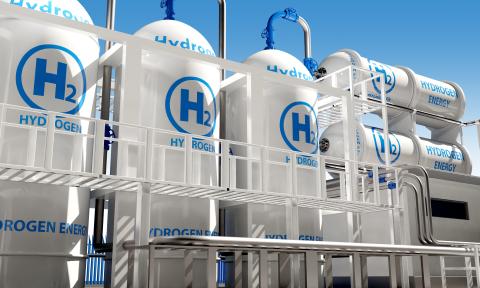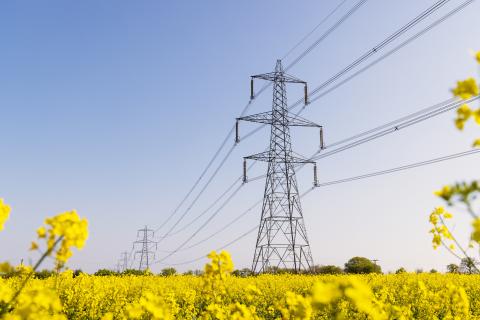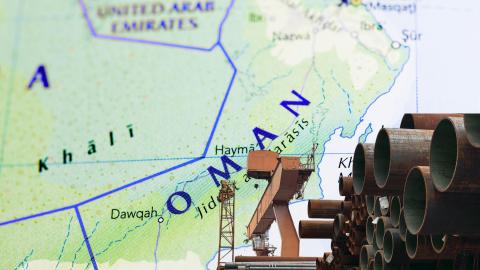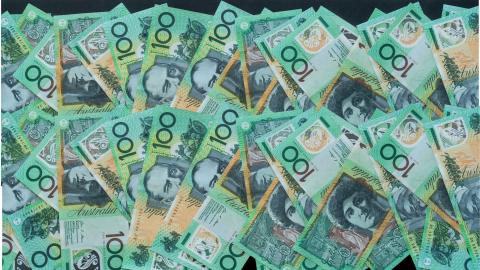IEEFA Asia: Coal Tax Can Drive Investment in Cheaper Renewable Energy in the Philippines
Dec. 22, 2017 — The 400 percent coal tax increase that has been agreed to in the Philippines will steer the country toward deflationary electricity prices medium term, according to analysis by the Institute for Energy Economics and Financial Analysis (IEEFA).
“The price signal from the new coal tax is giving a welcome new policy impetus for companies to invest in abundant and under-developed wind resources across the Philippines,” said IEEFA analyst Sara-Jane Ahmed, the author of several reports on energy policy in the Philippines. “In leveling the playing field, the carbon tax is incentivizing a major opportunity which makes good business sense, in spurring new investment in renewables capacity will result in lower prices of energy users.”
Reports this week suggest that Meralco Powergen (MGen) is planning to invest significantly in wind power projects, looking specifically at two projects with a combined capacity of 300MW.
“Meralco is clearly recognizing the financial benefits of shifting to wind and solar infrastructure investment,” Ahmed said. “However, with new high-priced and outdated coal-fired power stations still in its pipeline, it must move faster in order to avoid lock-in for a multi-billion dollar portfolio of stranded assets.”
“With wind covering day and night-time demand, pumped storage covering mid-merit to peaking, and solar power reducing noon-time peak, Meralco would do well to entertain competitive bids from a portfolio of renewable energy developers across the board.”
A recent report from Lazard, a leading global financial advisory and asset management firm, concludes that building new wind and solar farms costs less than continuing to run current coal or nuclear plants. The levelized cost of energy for both utility-scale solar and onshore wind technologies globally are down 6 percent from last year. Economies of scale and technology development are creating momentum for this deflationary trend.
And as a result of renewable energy cost deflation, the electricity transition taking root globally is attracting the world’s largest investors. Global electricity policy leaders such as Mexico, Chile, India, Germany and the United Arab Emirates are seeing accelerating tariff cost reductions of up to 50 percent since the start of 2016. As the Philippines energy policy clarity and commitments build, the opportunity to replicate this technology driven trend here is very material.
In 2016, acquisition activity in the renewable energy sector rose by 17 percent to US$110 billion. New investment in solar and wind infrastructure assets totaled US$113 billion and US$112 billion, respectively. This shift is occurring in scores of countries. By way of example, Taiwan has recently attracted US$60 billion in foreign capital commitments to renewable-energy projects from Denmark’s Dong Energy, Australia’s Macquarie, and Canada’s Northland Power. This more than triples the quota set by Taiwan’s government. And South Korea just committed to an exceptionally ambitious fivefold expansion to 58.5GW of renewables target by 2030.
“Excessive reliance on imported coal is one of the main reasons the Philippines has the highest electricity price in ASEAN. Natural gas, solar, wind, run of river hydro, geothermal, and biogas are attractive, viable domestic options that can be combined to create a cheaper, more diverse and secure energy system in this country,” Ahmed said. “Wind is a massive untapped market and has the potential to drive billions of new energy infrastructure investments in the coming decade if the right path is followed today. The boost to regional employment and benefits of reduced pollution pressures should also not be underestimated.”
_____________________
Media (Asia): James Lorenz +61 400 376 021 [email protected]
Media (U.S.): Karl Cates 917 439 8225 [email protected]
RELATED ITEMS:
IEEFA Asia: In the Time of Solar, Ratepayers and Investors Alike Should Be Wary of Philippines Coal Expansion
IEEFA Report: Philippine Banking Sector at Risk in Ill-Advised US$21 Billion Expansion of Coal Fleet
IEEFA Asia: Why a Philippines Coal-Import Tax Makes Sense
__________________________
About IEEFA
The Institute for Energy Economics and Financial Analysis (IEEFA) conducts research and analyses on financial and economic issues related to energy and the environment. The Institute’s mission is to accelerate the transition to a diverse, sustainable and profitable energy economy.












